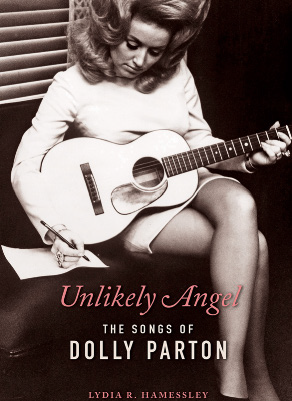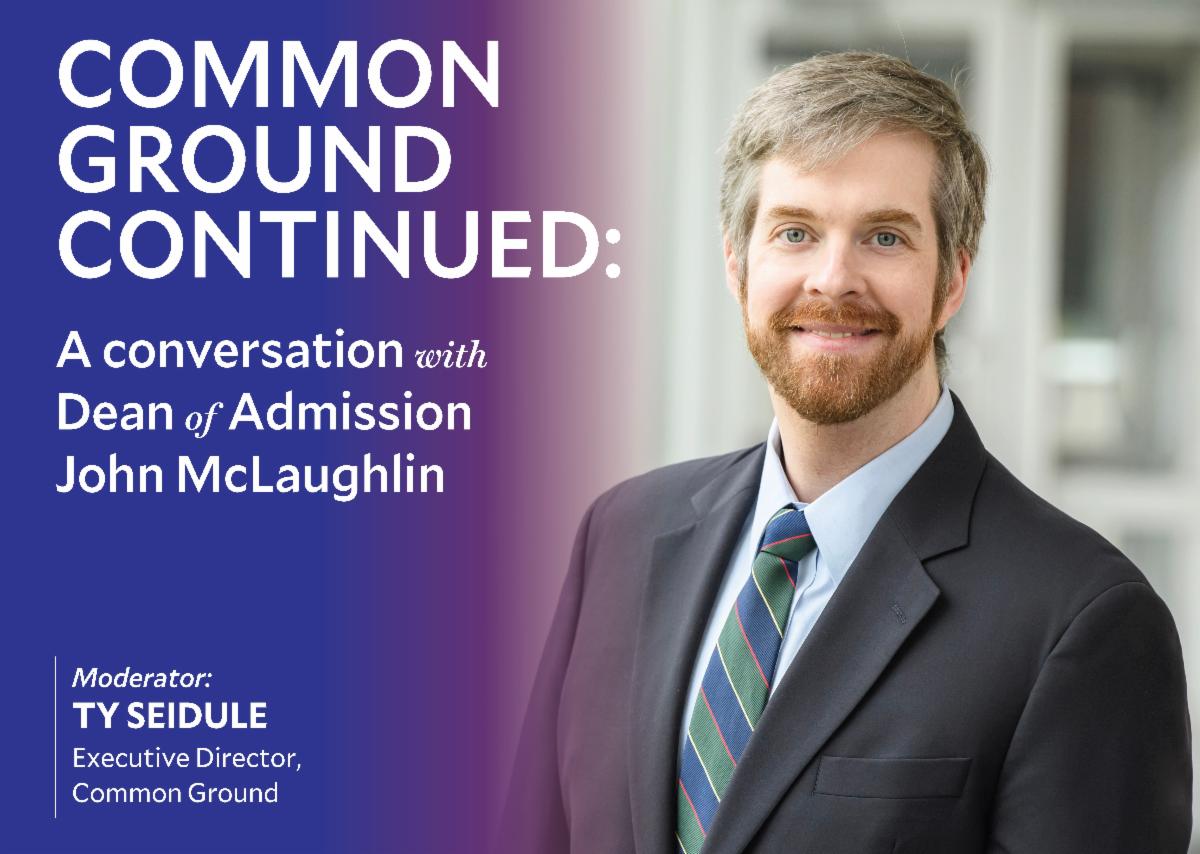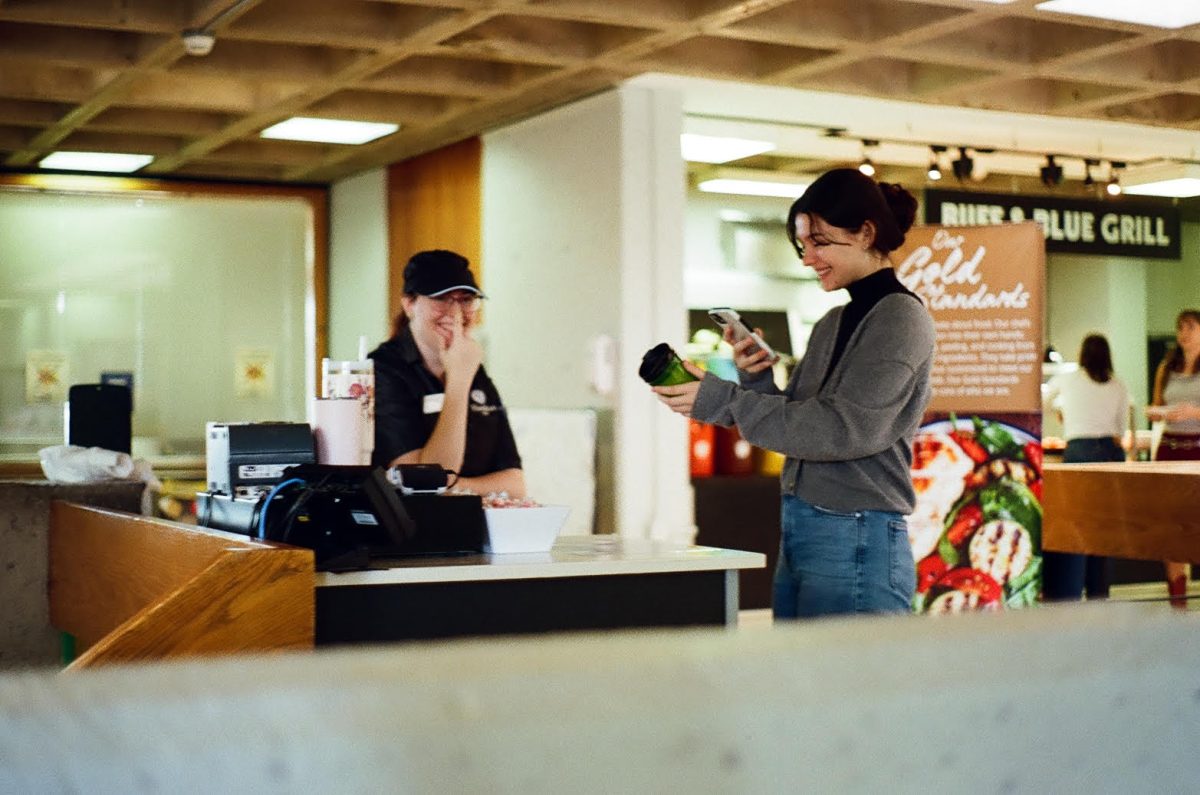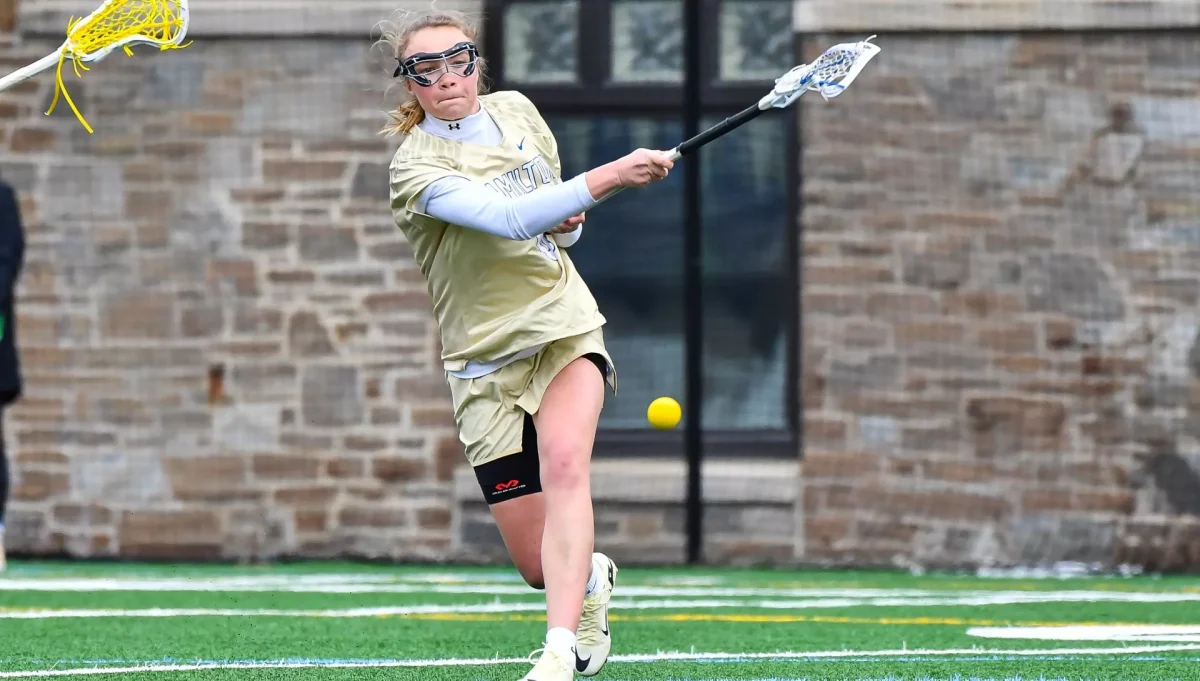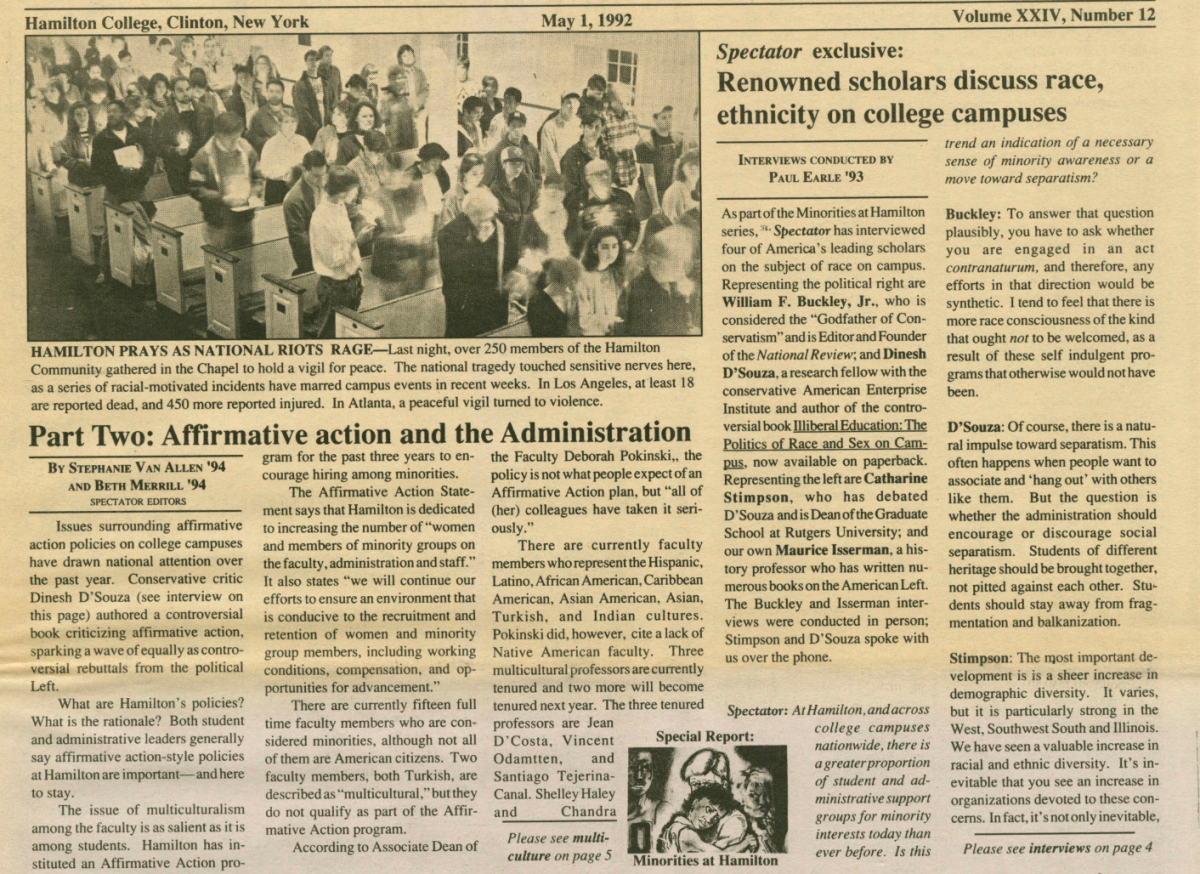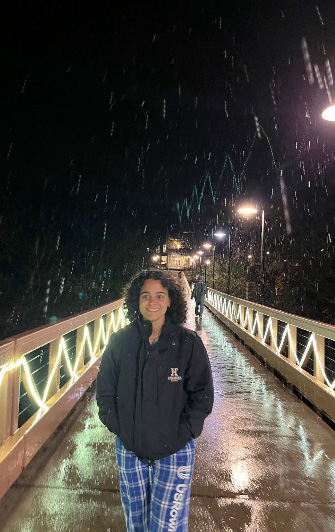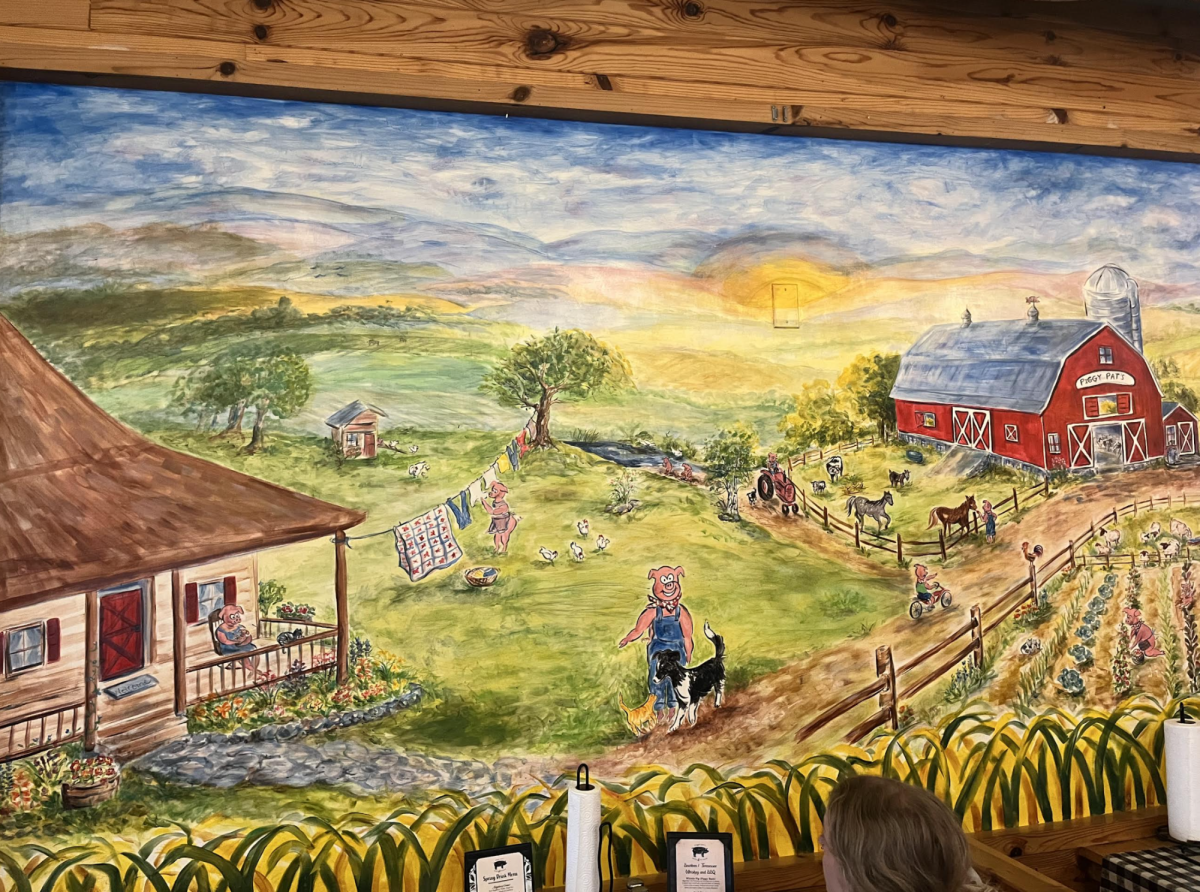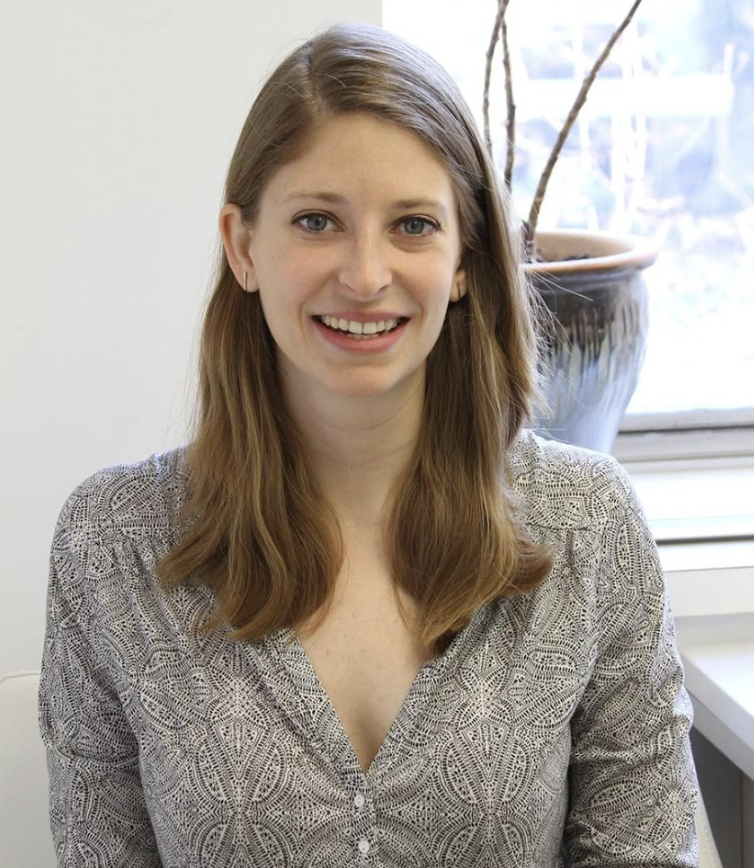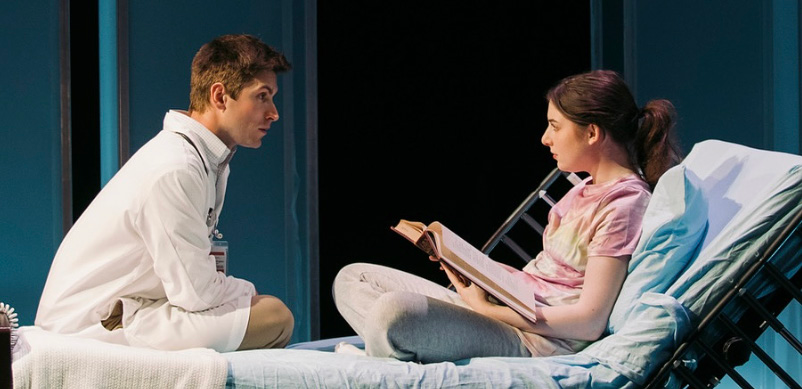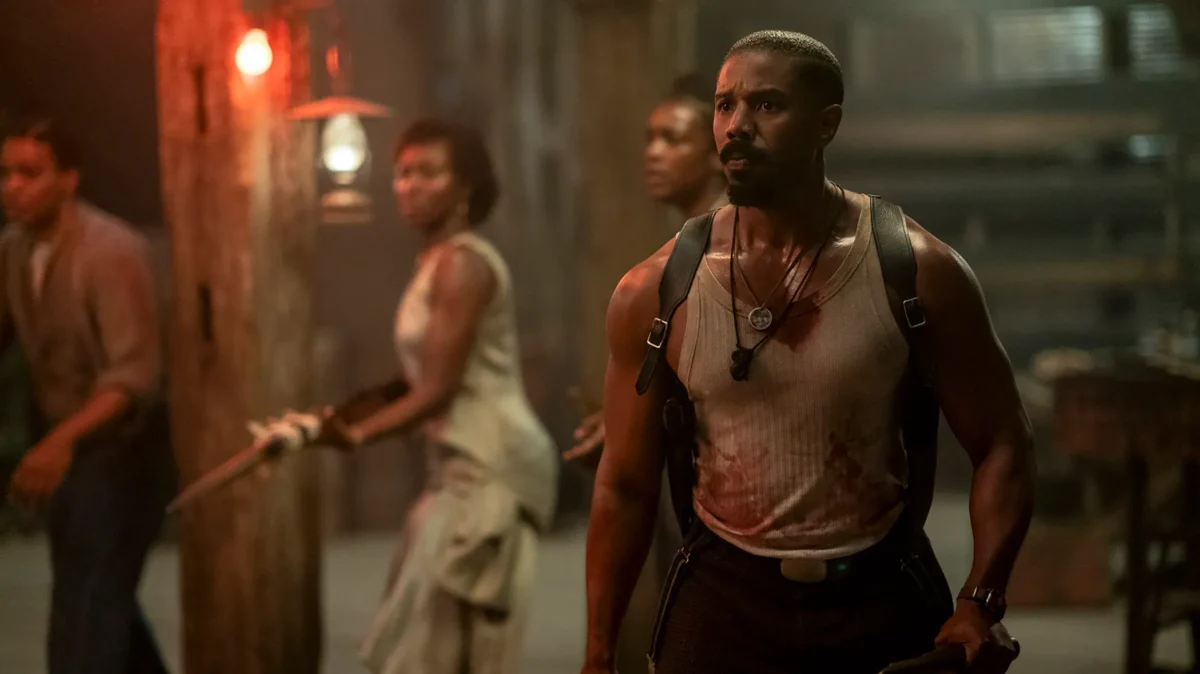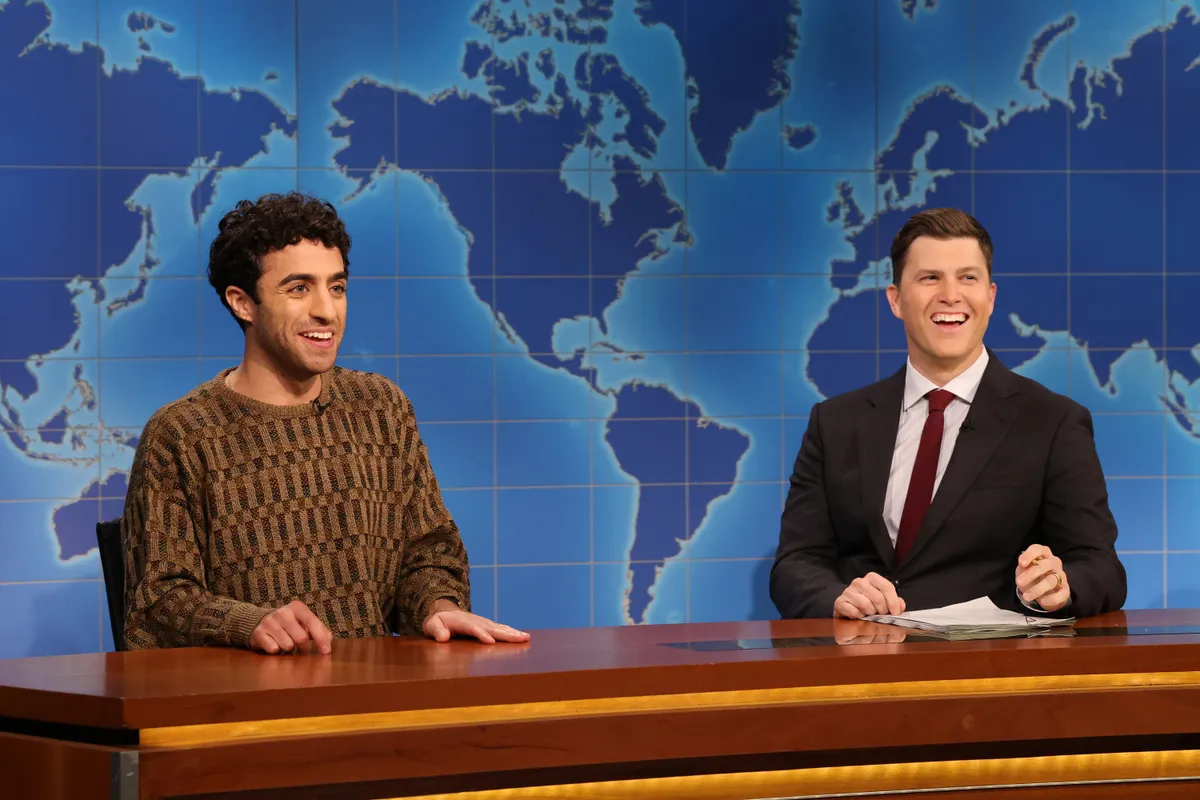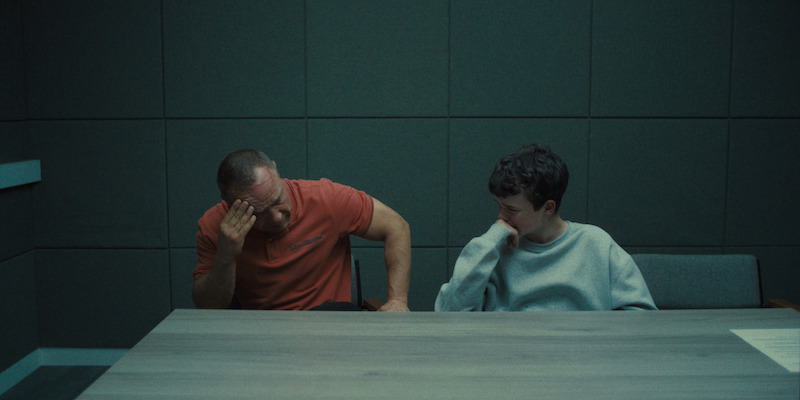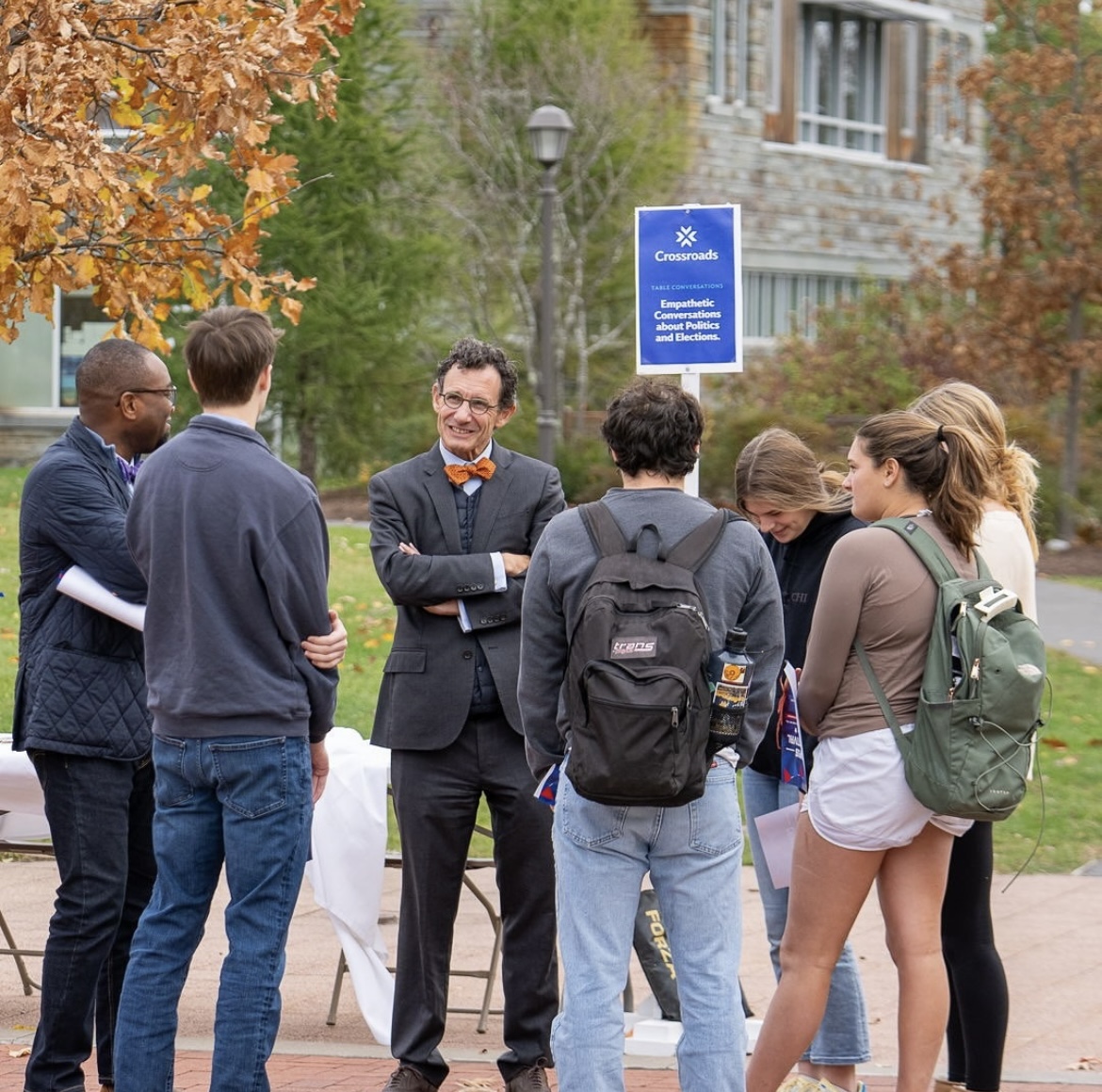
On Wednesday, Sept. 11, Eugene M. Tobin Distinguished Professor of Music Lydia Hamessley delivered a talk about her new book, “Unlikely Angel: The Songs of Dolly Parton.” The Burke Library reading room buzzed with the chatter of faculty and students from across departments. Hamessley introduced her talk by admitting that writing a book was never a goal she had in mind for her career, and that she always envisioned essays serving as her primary medium of academic research and publication. She shared that it was not until someone serendipitously asked her if she would write a book about Dolly Parton, that Hamessley began her project. Hamessley explores the works of American folk and country music, Dolly Parton, illuminating the aesthetic and moral richness of her songs and their connection to her Appalachian upbringing.
Hamessley focused her lecture on Dolly Parton’s iconic song, “Coat of Many Colors,” which she identifies as a central pillar of Parton’s artistic brand. Hamessley opened by playing the song, a folk-style ballad, in which Parton sings about the day that she wore a patchwork coat, sewn by her mother and her classmates teased her. Hamesllsey then pointed the audience to the liner notes of the “Coat of Many Colors,” album where Parton writes about her appreciation for her mother and appreciation for her coat despite her classmates’ teasing. The song has earned a reputation as a masterpiece, having been inducted into National Library of Congress’s historic sound recording collection. The song also appears in the title for the 2015 movie made about Dolly Parton, demonstrating the way in which the song “Coat of Many Colors” has tranformed into Parton’s brand.
Hamessley distinguishes “Coat of Many Colors,” from other country and folk songs from Parton’s era, comparing it to Lorretta Lynn’s autobiographical song, “A Coal Miner’s Daughter.” Whereas a “Coal Miner’s Daughter” provides specific insights into Lynn’s childhood, family and economic status, the “Coat of Many Colors,” centers on the emotional experience of a single moment in Parton’s childhood. The songs parallel one another in many ways, as they both serve as testaments to each singer’s experience growing up impoverished in Appalachia, but Parton’s lyrics reflect a far more capacious moral position. Hamessley observes that Parton’s choice to stray away from sharing specific details about her life makes her song accessible to a wider audience, and reflects Parton’s ability to transform a very unique and personal experience into a widely accessible emotional narrative that has resonated with swaths of listeners across the globe.
Hamessley went on to chart the way in which Parton’s retelling of the story that she shares in her song in different forums and through mediums throughout her life as a star. Hamlessley observed that in her interview with Rolling Stone, Parton shared a darker version of the story she tells in the song, explaining that her classmates locked her in a closet and attempted to strip the coat off of her. Parton vulnerably articulated the feelings of terror and shame she experienced as her classmates attempted to remove her coat and expose her naked body. This interview reveals the darker story of abuse and shame that might not shine through in the light, folk-style melody of the song itself. The 2015 movie, “Dolly Parton’s Coat of Many Colors,” depicts a scene in which Parton’s classmates terrorize her, forcibly remove the coat of many colors and lock her in the closet.
The scene also depicts Judy Ogle, Parton’s longtime friend, chasing away the bullies and comforting Dolly, revealing Parton’s effort to memorialize Judy as a “savior” figure in her life. Parton’s varied retellings of this moment across aesthetic mediums demonstrate the emotional and moral complexity to what might seem an ordinary experience of adolescence. Hamlessley observes that the “Coat of Many Colors,” transforms Parton’s experience of poverty into “bright, shiny, rainbow colors.” Hamessley quotes Parton who said “to me it’s more than a song, it’s an attitude, its philosophy.”
The lunch series, “Celebrating Faculty Achievements,” features new scholarship from 2020 to present by faculty and staff authors, and is sponsored by Ngoni Munemo, Vice President for Academic Affairs and Dean of the Faculty, and Joe Shelley, Vice President for Library and Information Technology Services.
